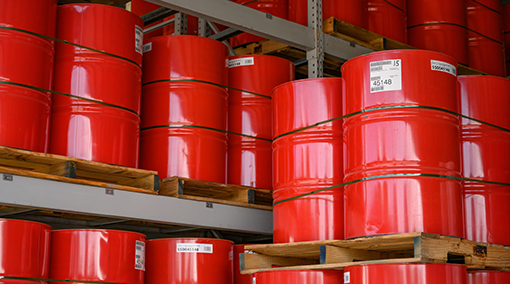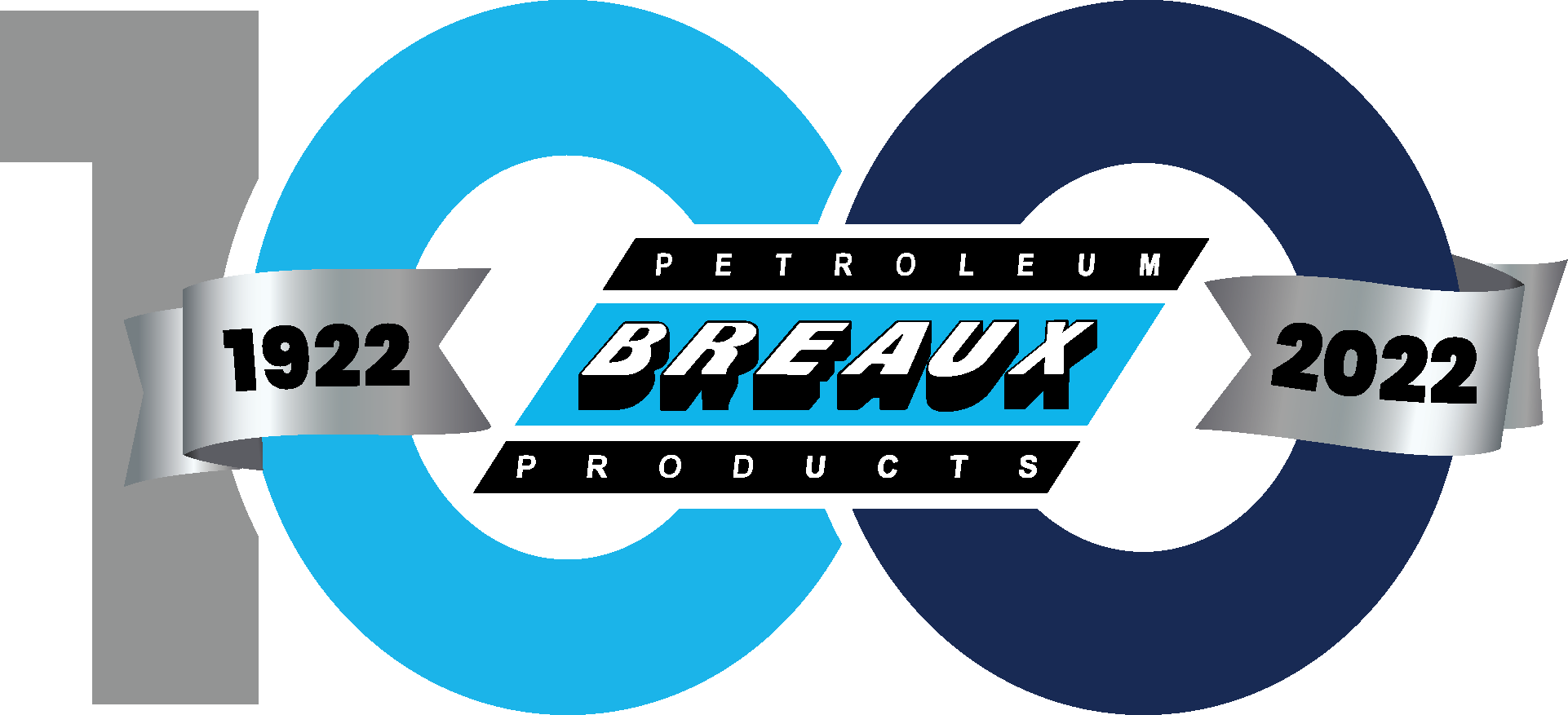Are You Storing Your Lubricants Properly?

The first step toward achieving proactive maintenance of your equipment begins with proper in-plant storage and handling of your lubricants. Regardless of how clean the oil is when received into inventory, if improper practices are occurring, you are potentially subjecting your lubricants to contamination and putting your equipment at risk.
1. Horizontal positioning
Are all containers kept horizontal to keep dust and debris from settling near openings? Just making small tweaks like this can reduce the chance of contamination set-backs and set you on the way to perfecting lubricant storage, remember better lubricants can lead to less machine downtime.
2. Storage
Are all containers kept inside? Storing lubricants inside keeps them away from dusty industrial workings, particularly if you’re in mining or construction. Water is also a problem so cover from rain and flooding is important. It also helps control their temperature.
3. Temperature
Lubricants should be stored out of direct sunlight in ambient temperatures. You want to avoid temperature fluctuations and temperature extremes. Moderate temperatures should extend shelf life when combined with proper lubricant storage.
4. Bungs
Check that the bungs for your breathing holes and opening holes are at the 3 o’clock and 9 o’clock positions. This practice stops the seals from drying out as well as keeps out moisture.
5. Take a tour
Make it a habit to take a regular tour of lubrication sites, electronic monitors and storage. It’s easier to pick up things that are out of the ordinary if you know your site as well as possible. Even just the color and smell of oil or sound of machinery can tell you if something’s not right.
If you allow dirt, dust or water to enter your oil, the cost to your operations can be surprisingly high. Treating the cause rather than the symptoms can help ensure a lower total cost of ownership, and increase the overall life of your machinery. Consider lubricant storage best practice and make these simple checks a regular habit within your company and you’ll see the differences quickly.
SPECIAL CASES
Bulk Storage
Tanks must be clean and properly accessible for good housekeeping. They must be equipped with a drain valve and possibly with a filter or a desiccator on the vents.
Specialty Oils
Specialty oils such as white oils (Shell Ondina and Shell Risella) and dielectric oils (Shell Diala) must be stored and handled to preserve their specific characteristics. The technical data sheets for these products contain special recommendations for storage
Grease
- Grease Handling: Use clean tools. Do not use wooden scrapers or knives, as these leave wood fibers behind in the grease.
- Bleeding: Greases tend to bleed, i.e., release small quantities of oil. This phenomenon is normal and can increase during storage.
To minimize bleeding, smooth out the grease surface after removing product from the container. The storage period for greases is 36 months. After this period has elapsed, tests must be performed to verify grease quality, depending on storage conditions and period.
For additional tips, download the Lubricant Storage Guide.
Source: Shell Lubricants // https://www.shell.us/business-customers/lubricants-for-business/shell-expertise/our-experts/robert-profilet/lubricants-storage-checklist.html
